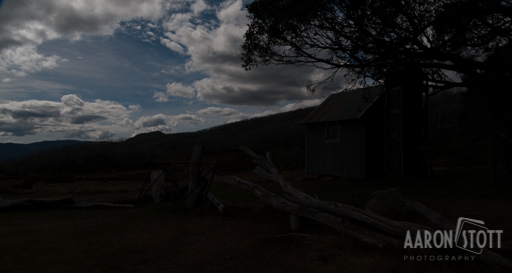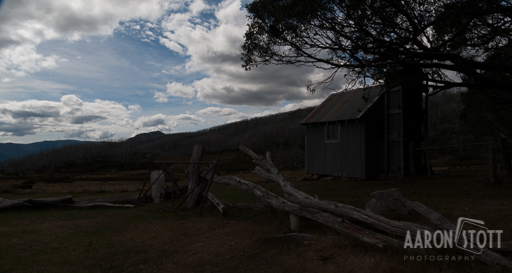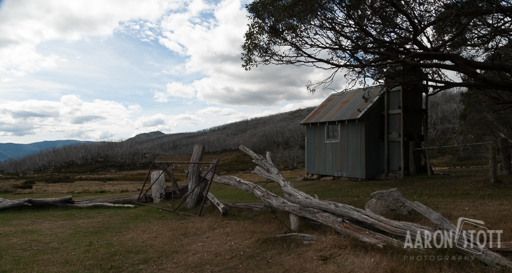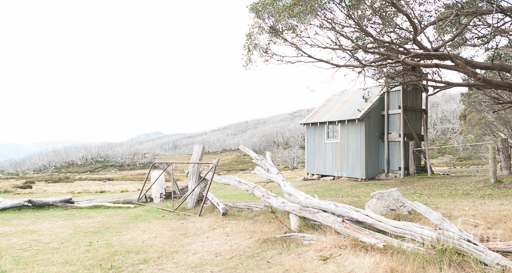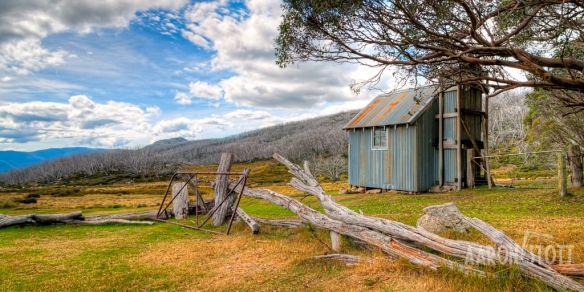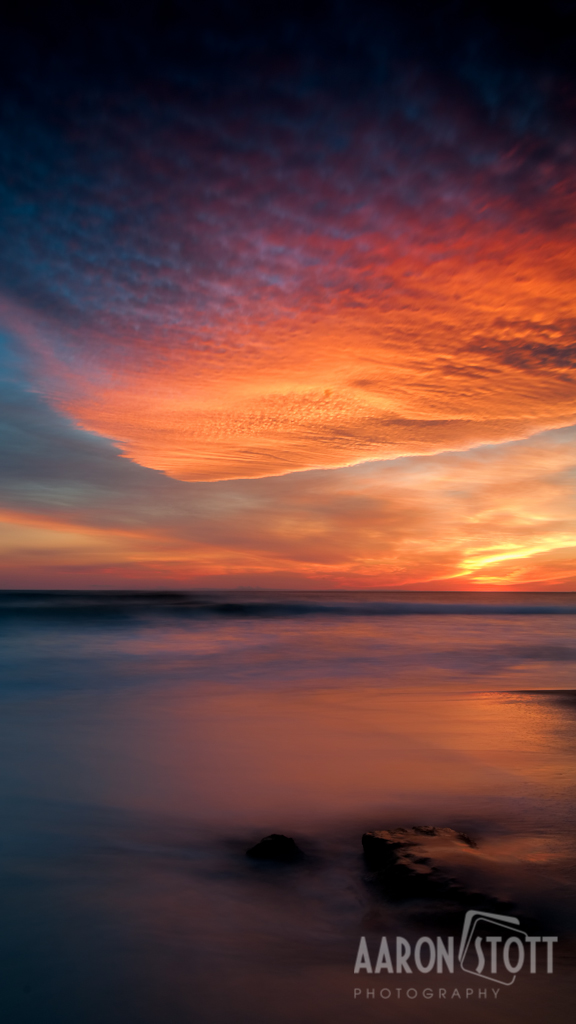For quite a few years now I have been photographing landscape images from around Victoria, Australia. And while I have been out and about taking these photos I have often come across other landscape photographers and also a few wedding photographers.
One time while I was down at Cape Schanck photographing Pulpit Rock a bridal party with their photographer arrived. What was surprising about this is that to get to Pulpit Rock involves a walk down a long steep boardwalk and then a scramble over the many rocks which make up the “beach”. How the bride made it out there in her dress and shoes I’ll never know, but one thing was certain these guys were keen! I ended up not taking many photos that night but watched with wedding photographer instead.
And then a similar thing happened a couple of weeks later while I was at Gunnamatta Surf Beach. Again not many photos were taken while I watched the wedding photographer work.
Thinking about these two wedding photographers it struck me that what they were doing was very cool. Not only were they able to work with couples documenting one of the most important day of their day of their lives together, they were also doing it in these amazing locations! I have taken quite a lot of studio based portraits of toddlers and families, and also a lot of landscape images, but for some reason it never occurred to me to combine the two areas until recently.
I was fortunate enough to be able to photograph Sara and Fady late last year in a park in the south east of Melbourne, I’ve included several of the shots below from the shoot.
It was great fun to be able to work with Sara and Fady, shooting in the middle of the day in summer was certainly a different experience from working in a studio with strobes, however we got a lot of terrific shots and it was great to be able to spend some time with them both!
join the conversation on facebook @ facebook.com/aaronstottphotography





